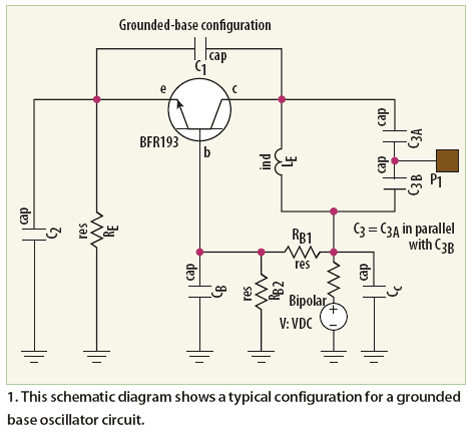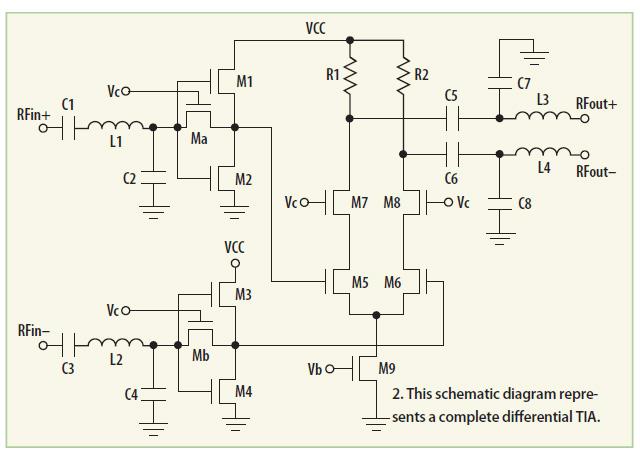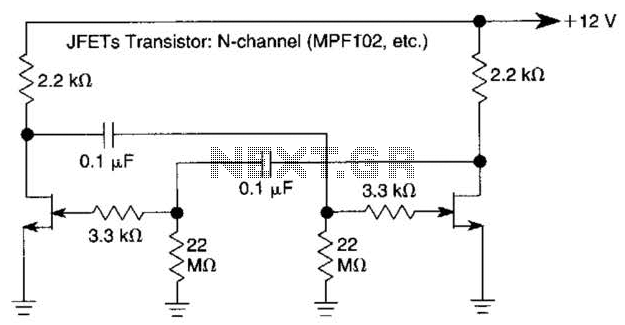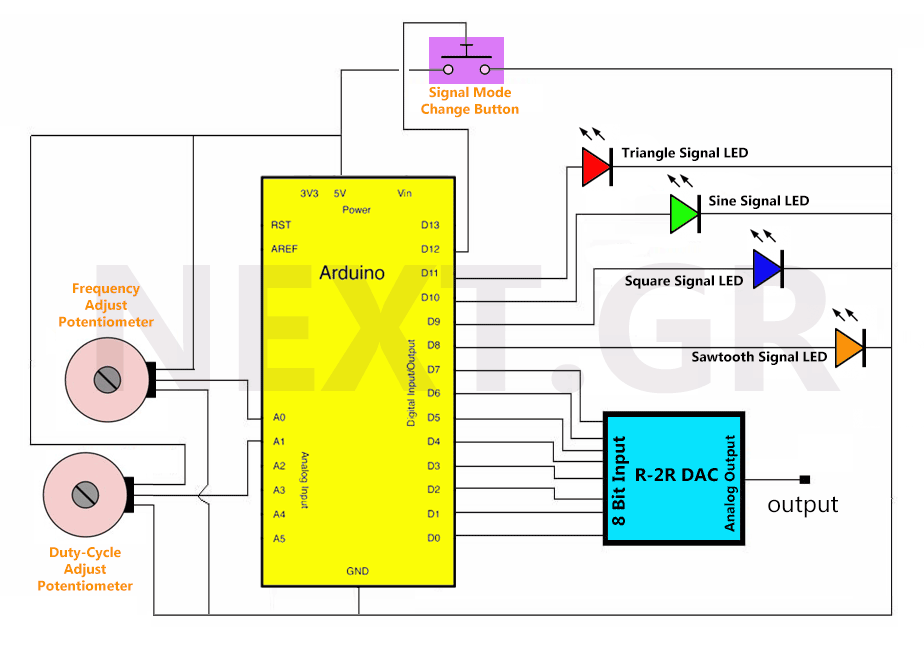
large signal approach yields low noise vhfuhf oscillators

Unlike conventional small-signal methods, employing large-signal, time-domain design techniques facilitates the development of low-noise grounded-base oscillators suitable for VHF/UHF applications.
The implementation of large-signal, time-domain design techniques in the creation of grounded-base oscillators represents a significant advancement in the field of radio frequency (RF) electronics. These oscillators are particularly advantageous for Very High Frequency (VHF) and Ultra High Frequency (UHF) applications, where noise performance is critical.
Grounded-base oscillators utilize a transistor configuration where the base terminal is connected to ground. This configuration allows for improved stability and reduced noise, essential for high-frequency applications. The large-signal approach considers the nonlinear characteristics of the transistor, enabling more accurate modeling of the circuit's behavior under varying signal conditions. This is in contrast to small-signal techniques, which often oversimplify the transistor's response and may not adequately account for the effects of high-frequency operation.
In designing these oscillators, attention must be paid to the selection of components, including the transistor type, passive elements (resistors, capacitors, and inductors), and the feedback network. The feedback network is crucial for sustaining oscillations and must be carefully engineered to optimize frequency stability and minimize phase noise.
The circuit can be analyzed using time-domain simulation tools, allowing designers to visualize the transient response and steady-state behavior of the oscillator. Key performance metrics such as phase noise, output power, and frequency stability can be evaluated through these simulations, ensuring that the final design meets the stringent requirements of VHF/UHF applications.
Overall, the adoption of large-signal, time-domain techniques in the design of grounded-base oscillators marks a progressive step toward achieving superior performance in low-noise RF applications.In contrast to traditional small-signal approaches, the use of large-signal, time-domain design techniques helps deliver low-noise grounded-base oscillators for VHF/UHF applications.. 🔗 External reference
The implementation of large-signal, time-domain design techniques in the creation of grounded-base oscillators represents a significant advancement in the field of radio frequency (RF) electronics. These oscillators are particularly advantageous for Very High Frequency (VHF) and Ultra High Frequency (UHF) applications, where noise performance is critical.
Grounded-base oscillators utilize a transistor configuration where the base terminal is connected to ground. This configuration allows for improved stability and reduced noise, essential for high-frequency applications. The large-signal approach considers the nonlinear characteristics of the transistor, enabling more accurate modeling of the circuit's behavior under varying signal conditions. This is in contrast to small-signal techniques, which often oversimplify the transistor's response and may not adequately account for the effects of high-frequency operation.
In designing these oscillators, attention must be paid to the selection of components, including the transistor type, passive elements (resistors, capacitors, and inductors), and the feedback network. The feedback network is crucial for sustaining oscillations and must be carefully engineered to optimize frequency stability and minimize phase noise.
The circuit can be analyzed using time-domain simulation tools, allowing designers to visualize the transient response and steady-state behavior of the oscillator. Key performance metrics such as phase noise, output power, and frequency stability can be evaluated through these simulations, ensuring that the final design meets the stringent requirements of VHF/UHF applications.
Overall, the adoption of large-signal, time-domain techniques in the design of grounded-base oscillators marks a progressive step toward achieving superior performance in low-noise RF applications.In contrast to traditional small-signal approaches, the use of large-signal, time-domain design techniques helps deliver low-noise grounded-base oscillators for VHF/UHF applications.. 🔗 External reference





